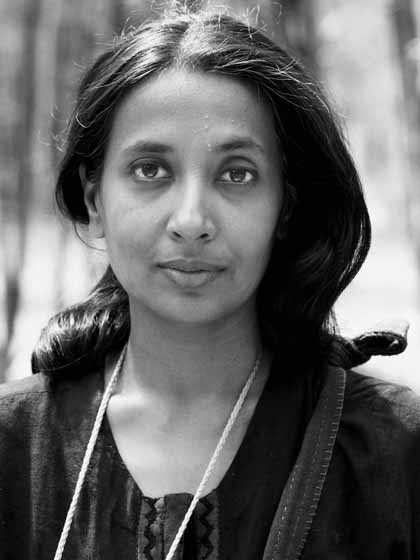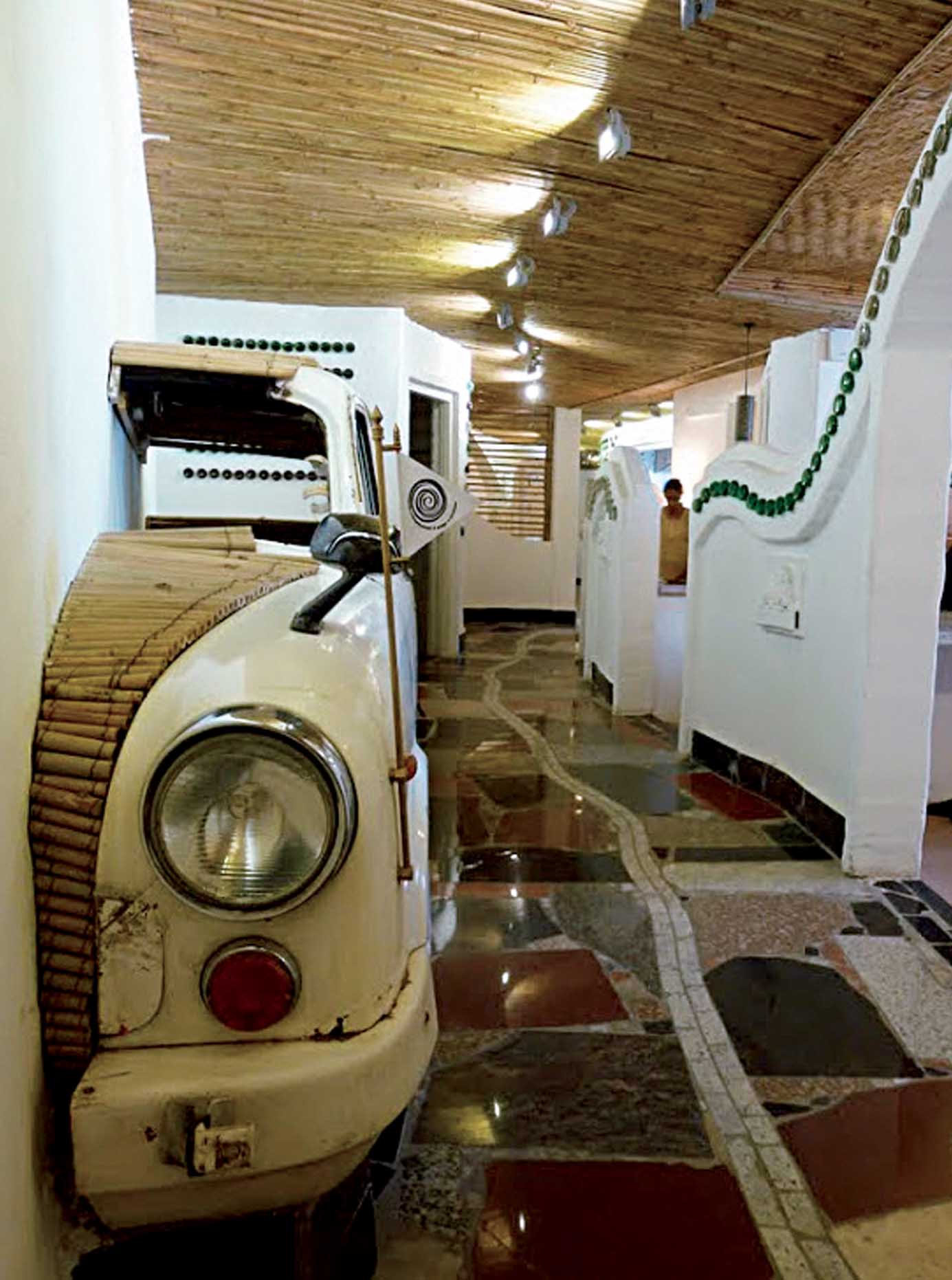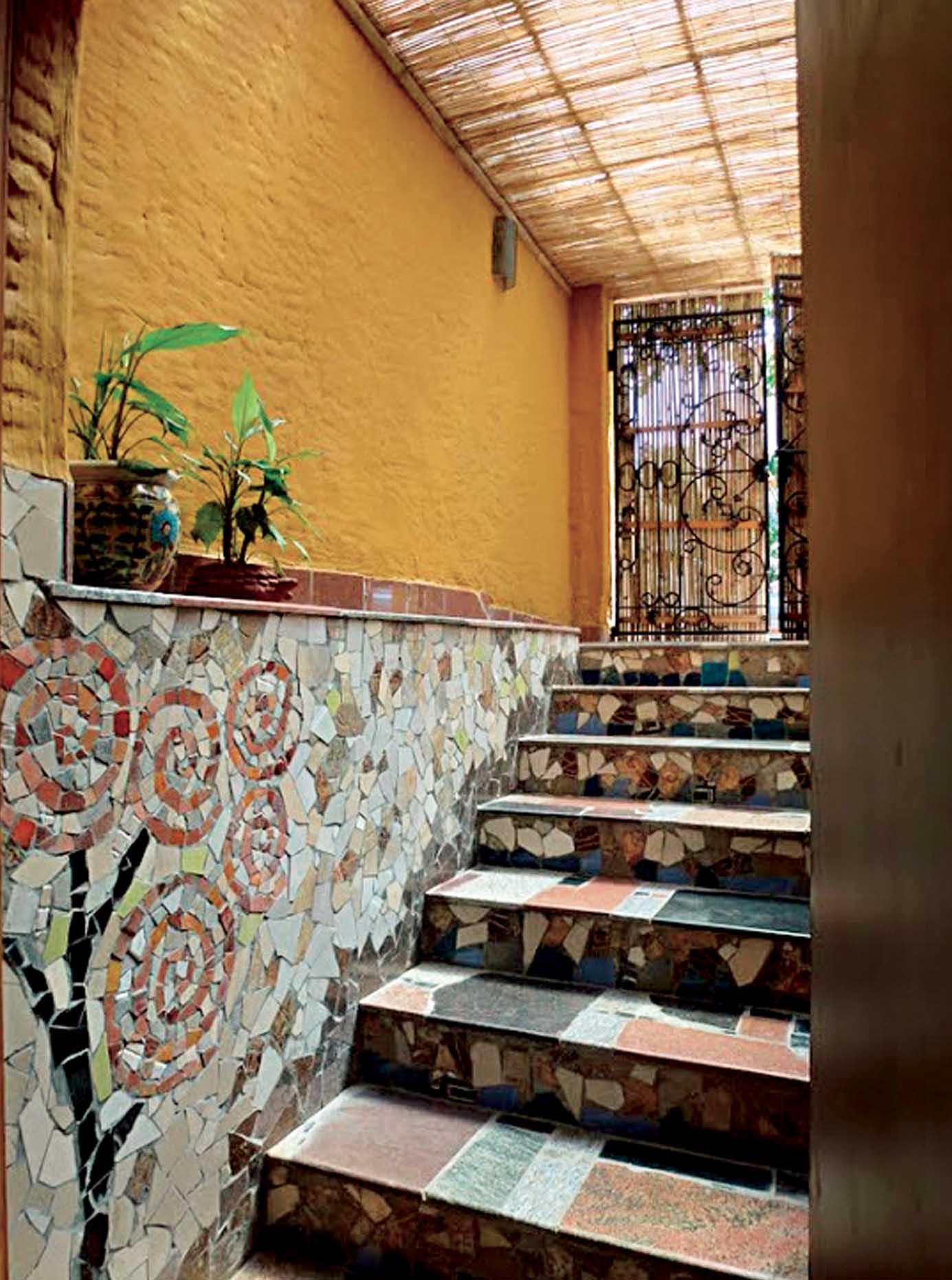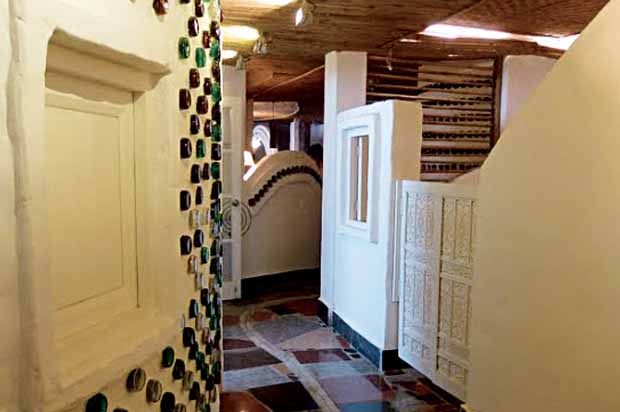In June this year, with Shastri Bhawan yielding 70,000 kilograms of scrap in three weeks, the business of recycling clearly assumed centre stage. From the standpoint of built environment, recycling construction waste amounts to sheer good sense. This stems from the understanding that a new building, at the time of occupancy, has already consumed more than 40% of the total energy that it will consume over the entire span of its life. Here’s how.

At a broad level, energy consumption of all systems may be categorised into manufacturing energy and operating energy. The first relates to energy spent on extracting, mining and harvesting raw materials for system components, production processes and transportation – in other words, energy embodied within the material. The latter refers to the energy spent on operating the system post its production.
Embodied energy of building material and its optimisation has long been overshadowed by operational energy efficiency. It is true that in many developed economies, embodied energy constitutes less than 10% of the energy that a building will eventually consume over its lifecycle. However, this does not imply that optimising embodied energy is not imperative. It merely reiterates that while optimising operational energy yields immediate benefit to the owner through reduced energy bills, embodied energy, by contrast, remains an abstract and somewhat nebulous concept.
For what could better lower embodied energy than using a recycled material or product that has already been manufactured?
As buildings become more energy-efficient operationally, embodied energy of building materials becomes a proportionately larger portion of the life cycle energy consumption. In our part of the world, where most buildings are not expected to be heated or cooled through most of the day, embodied energy acquires a more compelling stature. In peri-urban and rural settings, embodied energy may constitute an even higher proportion of the life cycle energy consumption. This concatenates well with recycling. For what could better lower embodied energy than using a recycled material or product that has already been manufactured?
Many common building materials like steel, aluminum, burnt brick, cement, ceramic, glass and mortar, come with high embodied energy content. According to a study conducted at the Indian Institute of Science (IISc), Bengaluru, multi-storeyed reinforced cement concrete framed structures – the most ubiquitous building vocabulary in urban areas – contain 4.21 GJ/m2 of embodied energy. This can be reduced to 2.92 GJ/m2 in conventional load-bearing brickwork buildings and further to 1.61 GJ/m2 in buildings that use alternative building materials with high recycled content.
Several institutes and government agencies like Application of Science and Technology for Rural Areas (ASTRA), Tara Nirman Kendra, Building Materials and Technology Promotion Council (BMTPC), and Auroville Earth Institute have been continuously experimenting with building materials and products with low embodied energy as well as high recycled content. Filler slabs, plank and joist roof systems, stabilised mud blocks, ferroconcrete roof tiles and many other low-cost and low-energy building systems have been developed over the last two decades. The embodied energy of these products or techniques stays low because of simple processes that allow local production by semi-skilled labour and high quantities of recycled content.

While selecting stone for the floors of our current workplace, my colleagues and I were fascinated by heaps of leftover slabs of stone and tiles that appeared headed for a landfill
Red mud from aluminum manufacturing units, flyash from thermal power plants, slag from steel plants, mine tailings from mining and quarrying and coal ash are only a few examples of sources of recycled material that could be used in the production of bricks, stabilised blocks, aggregate substitute and lime-pozzolena cement.
Fortuitously, while selecting stone for the floors of our current workplace, my colleagues and I were fascinated by heaps of leftover slabs of stone and tiles that appeared to be headed for a landfill. Soon these were re-routed to our workplace, graded, sorted and classified for a creative floor finish – the dealer only too happy to save on his dumping costs (we paid only for transportation). Next, all doors, windows, partitions, shutters, wooden jaalis, glass partitions, metal grilles, hardware and frames were sourced from the bazaar along the Okhla Barrage in New Delhi. Not only have the recycled products contributed to a lower embodied energy, they have lent the space a unique ambience and creative energy. The furniture market at Amar Colony, the Sunday Bazaar near Jama Masjid in Delhi and Chor Bazaar in Mumbai have been thriving on the sale of recycled and refurbished furniture and home components for years.

Inadvertently (or not!), the arrival of online classifieds sites like OLX, Quikr and GreenDust has infused second-hand goods with a ‘contemporary-chic’ quotient. This is expected to not just endure but grow to an overwhelming Rs 50,000 crore in terms of market size over the next few years – with microwaves, air conditioners, cars and refrigerators flying across cyberspace! No thesaurus would substantiate this, but ‘OLX’ is now a verb that means ‘sell’!
While this phenomenon is representative of the aspirational growth of the middle-class, it is likely to give rise to several complex dilemmas for policymakers. For instance, should older cars with higher emissions continue on our roads after exchanging one or more hands? From the perspective of embodied energy, after due consideration is accorded to the emissions arising out of the production of a new car, the answer may be in the affirmative.
Sites like OLX, Quikr and GreenDust have infused second-hand goods with a ‘contemporary-chic’ quotient
However, only a closer, more detailed analysis that takes into account fuel efficiency, location, urban pollution level and a host of other factors, can yield an accurate assessment. In case of buildings, fitting triple-glazed argon-filled windows to ensure operational energy-efficiency will definitely entail higher embodied energy. The energy saved in heating or cooling the building may, however, offset the impact of high embodied energy. In order to unravel similar complexities and to better balance the operational vs. embodied energy debate, embodied energy needs to be examined with a more robust and standardised quantitative analyses framework. Perhaps, as in some developed nations, we can move towards embodied carbon – a measure that depicts impact in terms of emissions and allows a snap comparison. We could also move to energy use index targets that cover both embodied and operational energy.
It is time the rhetorical adage ‘why reinvent the wheel’ be unfurled to ‘why manufacture the wheel’ when you can recycle the one from that old wagon?
Anamika Prasad is an expert in the field of Environmental Design and Sustainability. She is the founder and director of EDS, environmental design consultants in Delhi.
All photos: Author



Comments (0)